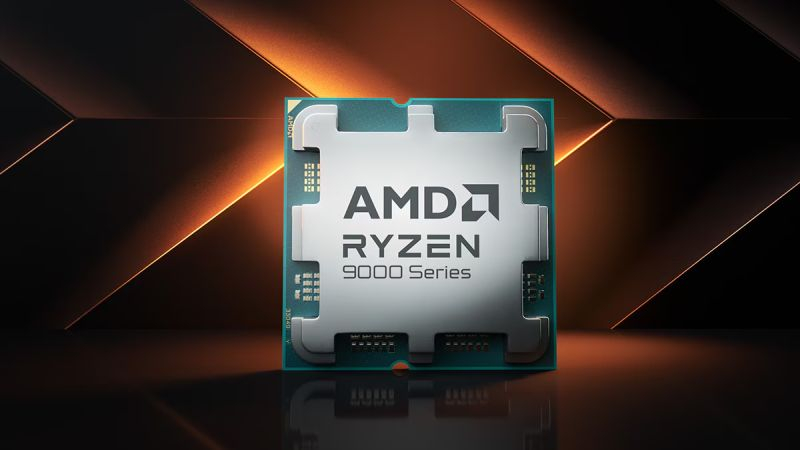The second quarter of this year for AMD was characterized by a decrease in demand for components for game consoles, so the dynamics of changes in its share in the market for x86-compatible processors was generally negative. If we exclude this market segment, then in all other segments AMD was able to strengthen its position, according to statistics from Mercury Research.

Image Source: AMD
The analytical agency shared data for the second quarter with the Hot Hardware resource, which published them in its material. Combined with the SoC/IoT segment, which includes processors for game consoles, the x86-compatible processor market was more favorable for Intel, which increased its share from 73.9 to 75.4% in a sequential comparison. During the same time, AMD reduced its share from 26.1 to 24.6%. If we compare it with last year, then AMD occupied 31.6% of the market for x86-compatible processors, and Intel’s position was weaker than the current one and corresponded to 68.4% of the market.
It was the decline in demand for chips for game consoles supplied by AMD, according to Mercury Research experts, that caused a consistent decline in shipments of x86-compatible processors in the second quarter, although traditionally this period of the year is characterized by stable demand compared to the first quarter. In addition, fewer low-cost processors were shipped in the mobile segment, mainly used in so-called Chromebooks. Only server processors showed strong growth rates in the second quarter.
If we do not take into account processors for game consoles, AMD in the second quarter was able to displace Intel in the main segments of the processor market. In particular, in the same server segment, its share increased sequentially from 23.6 to 24.1%, and in annual comparison it increased by 5.6 percentage points. In fact, AMD now controls almost a quarter of the server central processor market.
In the mobile segment, AMD was able to add 3.8 percentage points to its position compared to the second quarter of last year, occupying 20.3% of the corresponding market niche. Consistently, its position in the mobile segment strengthened by one percentage point. Intel retreated over the year from 83.5 to 79.7%.
In the desktop segment, AMD was able to advance year-on-year by 3.6 percentage points to 23% of the market, while Intel weakened its position from 80.6 to 77%. However, compared to the first quarter, AMD had to give up 0.9 percentage points to its rival. However, the stability scandal with the 13th and 14th generation Intel Core processors, combined with the recent announcement of the Ryzen 9000 family, may create the necessary conditions for AMD to strengthen its position in the desktop segment of the market in the coming months.